It took me quite a while to get to West Sussex Golf Club. Of the London area heathland gems, it’s the one that requires the most expansive interpretation of ‘area,’ being much closer to the southern coast than the city. Its relative remoteness has meant that it has received far less attention than Sunningdale, Swinley Forest, or Walton Heath—although those who do visit tend to leave impressed.
So the combination of the distance plus the relative privateness—this is the only time that I was asked about a club affiliation when inquiring about playing—meant that West Sussex was one of the last places that I visited (Aug. 2018) during my three year stay in London (Sep. 2015-Sep. 2018). And I’m really glad that I waited because (1) the course was in absolutely peak summer condition (as will be clear from the first photo) and (2) I thought that this was easily one of the three best of the London area heathland courses and it was nice to have saved something so good for last.
One thing for which I was completely unprepared was how difficult this course was. Along with the Addington, Rye, and Swinley Forest (among others), West Sussex is one of the great sub-par-70 English courses, weighing in at 6,350 yards with a par of 68. And like Rye, the par could easily be 67 because the par 5 first hole is just a long par 4 by today’s standards. So although West Sussex seems short when looking at the card, it isn’t because it takes a lot of long par 4s to get to 6,350 yards when there are basically no par 5s.
And even apart from length, West Sussex is probably the most demanding test of driving of any course that I played in the UK. Several holes have fairway bunkers right where you want to place your drive. Many fairways are narrow and if you try stay away from the bunkers, the heather is very thick and almost always tight to the fairway. There are also a few uphill, blind drives. The approaches to the greens are no less demanding although like most heathland courses, the green contours are modest.
And then setting aside what a great test of golf it is, I don’t think that I’ve ever played a course that was as pleasant and idyllic as West Sussex. It’s a beautiful place to play golf, especially if the heather’s in bloom—which it might have been when I was there if it hadn’t been burnt up by the weeks-long streak of hot, dry weather in southern England in the summer of 2018. It’s also as good of a walk as I’ve seen. The terrain is modest, the green—tee distances are short, and there are several possibilities for sub-18 hole loops. I suspect that the nine hole loop 1-7, 17-18 would be one of the world’s two or three best nine hole courses.
The first hole at West Sussex is the course’s only par 5 and I’ve seen it referred to as a weak starting hole. This must have been before member/golf course architect Donald Steel’s bunker enhancements because despite its lack of length (485 from the tips), it’s a sternly bunkered and interesting hole. The bunkers on the left are between from ~250-285 from the medal tees (+30 from the tips), so you’d need a very good drive to clear them.
So the combination of the distance plus the relative privateness—this is the only time that I was asked about a club affiliation when inquiring about playing—meant that West Sussex was one of the last places that I visited (Aug. 2018) during my three year stay in London (Sep. 2015-Sep. 2018). And I’m really glad that I waited because (1) the course was in absolutely peak summer condition (as will be clear from the first photo) and (2) I thought that this was easily one of the three best of the London area heathland courses and it was nice to have saved something so good for last.
One thing for which I was completely unprepared was how difficult this course was. Along with the Addington, Rye, and Swinley Forest (among others), West Sussex is one of the great sub-par-70 English courses, weighing in at 6,350 yards with a par of 68. And like Rye, the par could easily be 67 because the par 5 first hole is just a long par 4 by today’s standards. So although West Sussex seems short when looking at the card, it isn’t because it takes a lot of long par 4s to get to 6,350 yards when there are basically no par 5s.
And even apart from length, West Sussex is probably the most demanding test of driving of any course that I played in the UK. Several holes have fairway bunkers right where you want to place your drive. Many fairways are narrow and if you try stay away from the bunkers, the heather is very thick and almost always tight to the fairway. There are also a few uphill, blind drives. The approaches to the greens are no less demanding although like most heathland courses, the green contours are modest.
And then setting aside what a great test of golf it is, I don’t think that I’ve ever played a course that was as pleasant and idyllic as West Sussex. It’s a beautiful place to play golf, especially if the heather’s in bloom—which it might have been when I was there if it hadn’t been burnt up by the weeks-long streak of hot, dry weather in southern England in the summer of 2018. It’s also as good of a walk as I’ve seen. The terrain is modest, the green—tee distances are short, and there are several possibilities for sub-18 hole loops. I suspect that the nine hole loop 1-7, 17-18 would be one of the world’s two or three best nine hole courses.
The first hole at West Sussex is the course’s only par 5 and I’ve seen it referred to as a weak starting hole. This must have been before member/golf course architect Donald Steel’s bunker enhancements because despite its lack of length (485 from the tips), it’s a sternly bunkered and interesting hole. The bunkers on the left are between from ~250-285 from the medal tees (+30 from the tips), so you’d need a very good drive to clear them.
The approach is between staggered bunkers but the one on the right is about 40 yards short of the green and the land tilts gently left so if you carry this bunker, your ball will likely feed onto the green (and if you push it, you’ll take someone out on the fourth tee). I thought that it was an excellent opening hole.
The second is a medium-long par 4 with a tough drive between a dip into the woods on the left and a sea of heather on the right. I played my second round with a member who told be that there used to be another back tee about 40 yards further back behind the entrance drive and that the club was thinking of restoring it. This hole gave me enough trouble as it was (two drives into the heather), but it might be a good idea for the protein shake crowd. The green was very simple with a nice collection area at its right.
Standing on the third tee, we can see that despite the short yardage on the card, this course is no joke off the tee. The first three holes are all very stern tests of driving. The first bunker is only about a 150 yard carry. The issue is with the next two, which require about 235 to carry. If you can do that, you’ll have an ideal angle into this deep but narrow green. While the fairways were (obviously) very firm, the greens and approaches were soft, so I was able to stop my wedge on the fairway from the left side of the fairway. Still, there’s a lot more leeway if you’re approaching from the right.
I really liked the awkwardness of the 385 yard fourth. There’s a bit more visibility from the medal tees but from the tips, the fairway is obscured by heather and turns left around two bunkers. You really have to commit to a line and make a smooth swing. But you also don’t want to go more than about 240 off the tee. The approach is a beauty although I suspect that it would look even better if they took out the row of pines just left of the green.
Five and six are, I think, fairly described as British counterparts to fifteen and sixteen at Cypress Point. These are two great par 3s; the first short, the second long. Both are also very interesting from a strategic perspective. While five is only about 155 yards, there’s great peril left of the green and it isn’t smart to aim at pins over there. You can play at a flag on the right side but if it’s on the left, just play to the center.
I’ve read several comments that the sixth was originally a short par 4 and the member with whom I played said the same thing. It’s a 110 yard walk from the fifth green to the sixth tee and there’s what I’m certain is an old tee box about 50 yards behind the fifth green (I should have gotten a picture). It must have been out of service for at least 50 years because the pines around it are quite large. I’m not sure however that it was a par 4 from there because it was still about 215 to the middle of the green.
But I don’t think that it’s much of a loss because current 225 yard version must be one of the world’s great par 3. It plays at least one club downhill (~40-50 feet). I actually didn’t think that the pond was the major issue here—it’s an issue, but there are 20 yards between the pond and the front of the green. The bigger issue is that the green is very narrow but deep and the further offline you miss your shot, the tougher the pitch is. The shot from the right bunkers—to a narrow green steeply pitched from right to left—is very difficult.
But there’s also plenty of room to play short and right of the green if you’re not confident about the carry. I’d lose the pine tree to the right of the pond because shots this far right will be penalized with a very awkward angle for the second. One of the most complex and original par 3s that I’ve ever seen, but also playable for everyone.
I absolutely loved the long par 4 seventh. It’s a classic English drive--i.e. straight uphill. There’s more room right than left and it’s very easy to let your drive drift right. You really don’t want to do this; the hole doglegs and if you miss the fairway too far right, the ground slopes off into the woods. You have to thread your drive between two bunkers 40 yards short of the green and for the sake of public health, you’ll want to be accurate—the green is right at the course’s major crossing point and an inaccurate shot could take someone out on the eighth tee, seventeenth tee, or sixteenth green.
Eight is a very tough 185 yard par 3 to an elevated green with deep front left and right bunkers. The short par 4 ninth is the course’s least interesting hole, but a greedy drive up the left can get caught by the heather.
The 400 yard tenth is about an 80 degree dogleg left. I usually don’t like such sharp doglegs, but this hole is great. The bunkers on the inside corner of the dogleg are both beautiful and interesting. It’s only about 210 to carry all of them, but you have to hug the tree line to do this. And even on this line, a long hitter will have to hit a draw because the fairway runs out at about 270. So this is a great hole to try out your big sweeping draw; if you screw up and leave it right you’ll be ok, you’ll just have a 200 yard second.
Standing on the tee on the long par 4 eleventh with heather left and bunkers just where you’d want to land your drive on the right, something finally sinks in—this course is a damn good (and hard) test of driving. It’s about 235 to carry the first bunker on the right, but you can also work the ball around it from the left using the slope if you like to hit a fade. The approach is very demanding—to an elevated green with a valley short.
Twelve is just the kind of long par 3 that I like: one that gives you ample room and gentle slope to run the ball onto the green. Aim at the left side of the green (just inside the walking path) and let the slope carry your ball to the right onto the green.
Thirteen is another medium length par 4 with a great, but different driving concept. While most bunkers have been on the short line to the green, this one is on the outside, to the left. But the fairway slopes left to right and unless you hug the heather up the right side, the slope of the fairway can drag your ball into the bunker.
The approach is absolutely gorgeous—I’ve never been to Australia, but the bunkers here look like pictures that I’ve seen of the Melbourne sand belt courses. The green is also something of a half-pipe that angles from front left to back right. The best angle of approach is from near the fairway bunker on the left but the left side of the green is quite high and you can use this slope to feed your ball to right pin placements.
Fourteen is almost 460 on the card but was playing quite short on this day because it’s slightly downhill and the fairways were (obviously) quite firm. It’s really important to hit a long drive here because again, the green is narrow and deep. It’s also very important to be up the left side because there’s a bunker right of the green and everything left of the green slopes down into a pond. A very demanding but excellent long par 4.
Fifteen is a lovely little pond par 3, which provides a nice break after a string of very tough holes.
The tough par 4s pick up again with the sixteenth, which isn’t very long (~370), but requires another uphill drive where the only thing that you can see is heather (the group in front of me kept seeing heather after the drive…). It’s one of the most awkward driving holes that I’ve seen, although the fairway is actually about 50 yards wide (wish I had looked at Google Earth when I was standing on the tee). You also only want to go about 225 yards.
The approach is quite photogenic, over a valley and two big mounds of heather, but many of the divots (and there were many) in the heather looked downright tragic. Smokers might be tempted to ‘accidentally’ drop their cigarette/cigar in here…which on this day would have generated a fire that would have taken out the course and a few surrounding towns. It’s a great hole, but it would kill some of the high handicap golfers that I usually play with.
Seventeen is another elegant and strategically interesting long par 4. The drive is similar to eleven with the bunkers right, but there’s less tilt in the fairway here and it’s easier to run into the heather on the left (as I learned). It’s important to hit a good drive here because there’s a phalanx of angled bunkers protecting the entire approach on the right side starting about 50 yards short of the green.
And the course doesn’t let up at the finish—eighteen is another long par 4 (440 yards) with staggered bunkers from 210-275. The green has has a bunker just short on the left and another flanking on the both the left and right.
West Sussex puts one thing to rest definitely: that a 6,350 yard course always plays short. I knew this having already played the Addington and Swinley Forest. But West Sussex felt even longer than both of those. There are five par 4s over 430 yards and the ones around 400 yards like two, ten, and thirteen also play quite long. Even some of the shorter par 4s like sixteen play long because the drives are intimidating and the smart play is to lay well back. Two of the five par 3s require will require a hybrid or wood. And the one par 5 comes on the first hole. Except for nine and maybe the par 3 fifteenth, it’s all hard holes from the second tee on.
So yes, a course that’s short on the card can play quite long and difficult. But difficulty aside, this is a just a great golf course. It really helps to be able to shape your ball off the tee, especially when the fairways are running firm. And the greens can accept a variety of shots, depending on your skill level and preference. Really it’s a shame that the greens aren’t a bit more interesting because while I suspect that this course already belongs on a world top 100 list, I also suspect that it could be top 25 or 30 and the best course in England if it had a really good set. Tee-to-green, it’s as good a course as I’ve seen.
So yes, a course that’s short on the card can play quite long and difficult. But difficulty aside, this is a just a great golf course. It really helps to be able to shape your ball off the tee, especially when the fairways are running firm. And the greens can accept a variety of shots, depending on your skill level and preference. Really it’s a shame that the greens aren’t a bit more interesting because while I suspect that this course already belongs on a world top 100 list, I also suspect that it could be top 25 or 30 and the best course in England if it had a really good set. Tee-to-green, it’s as good a course as I’ve seen.


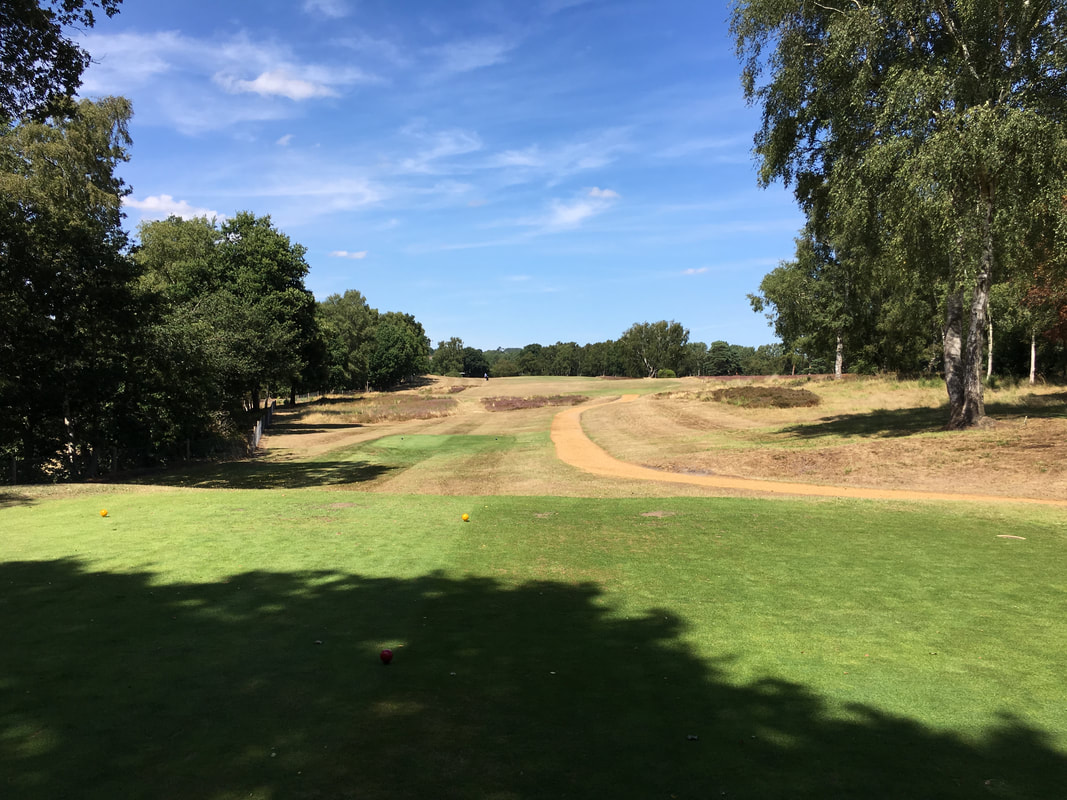


















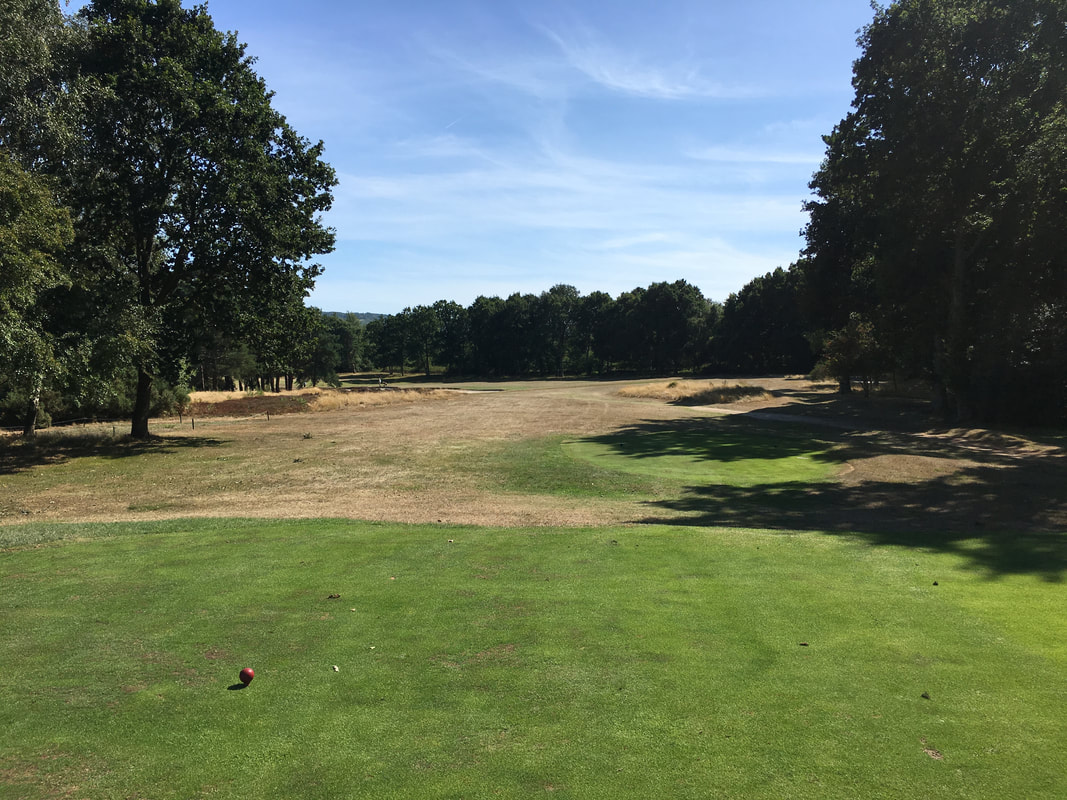







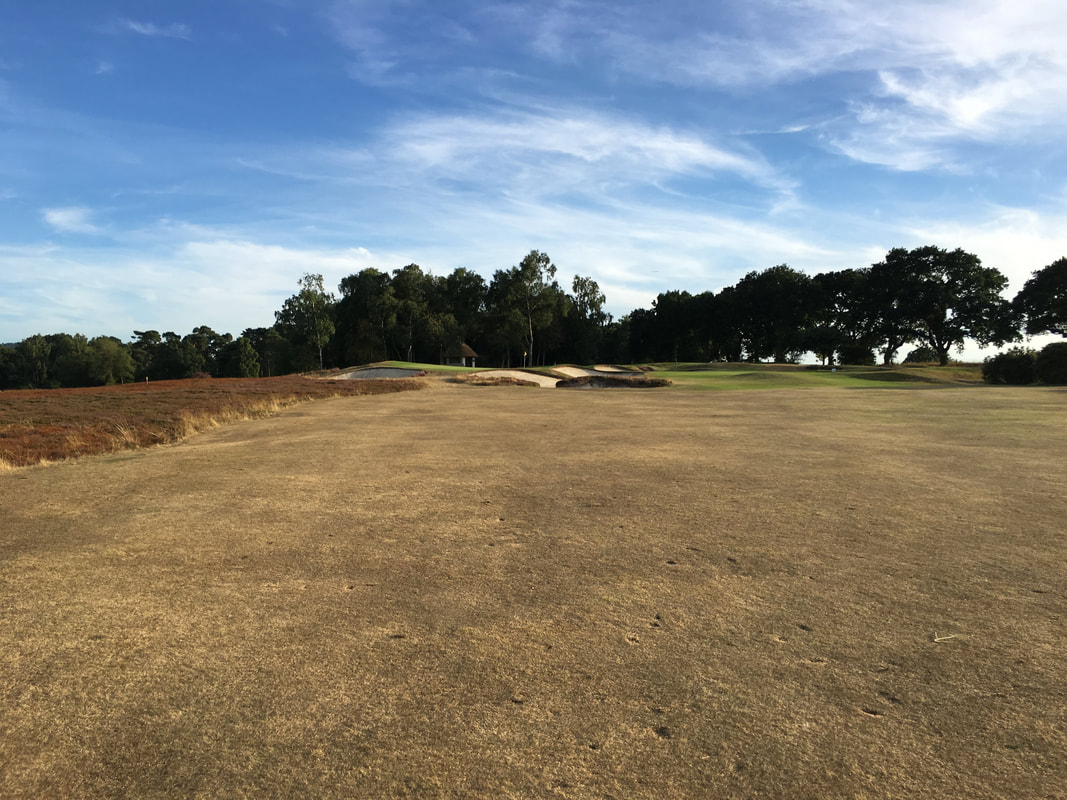

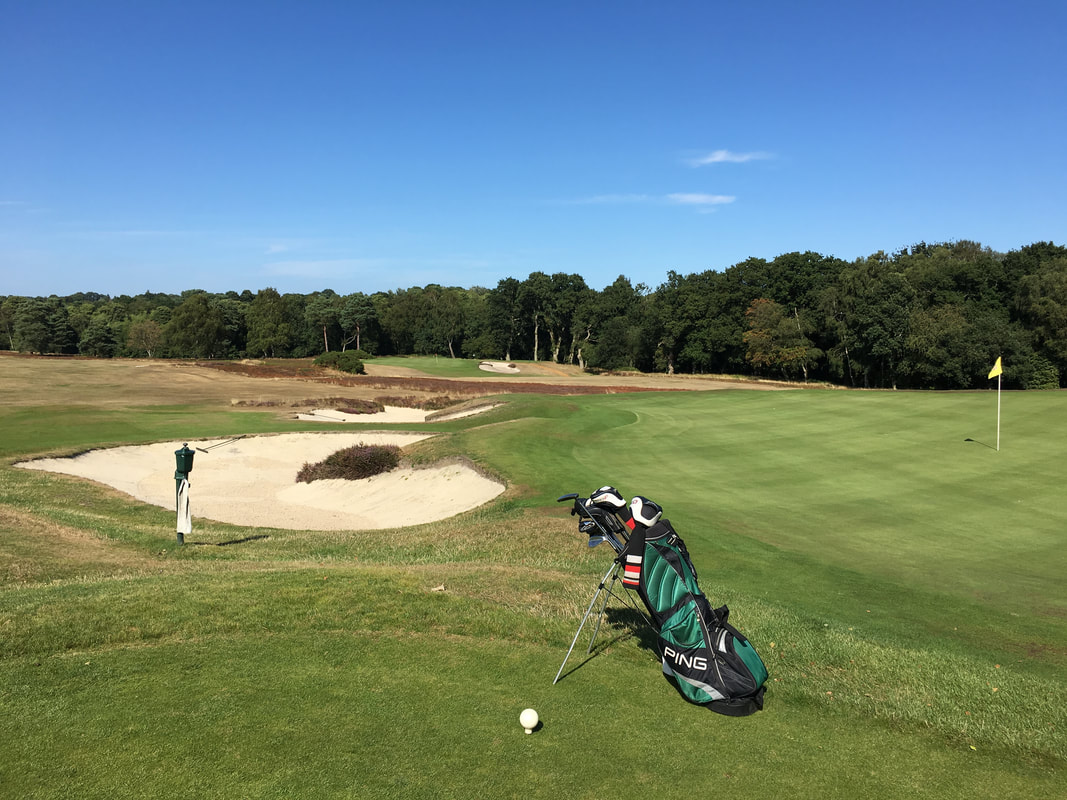








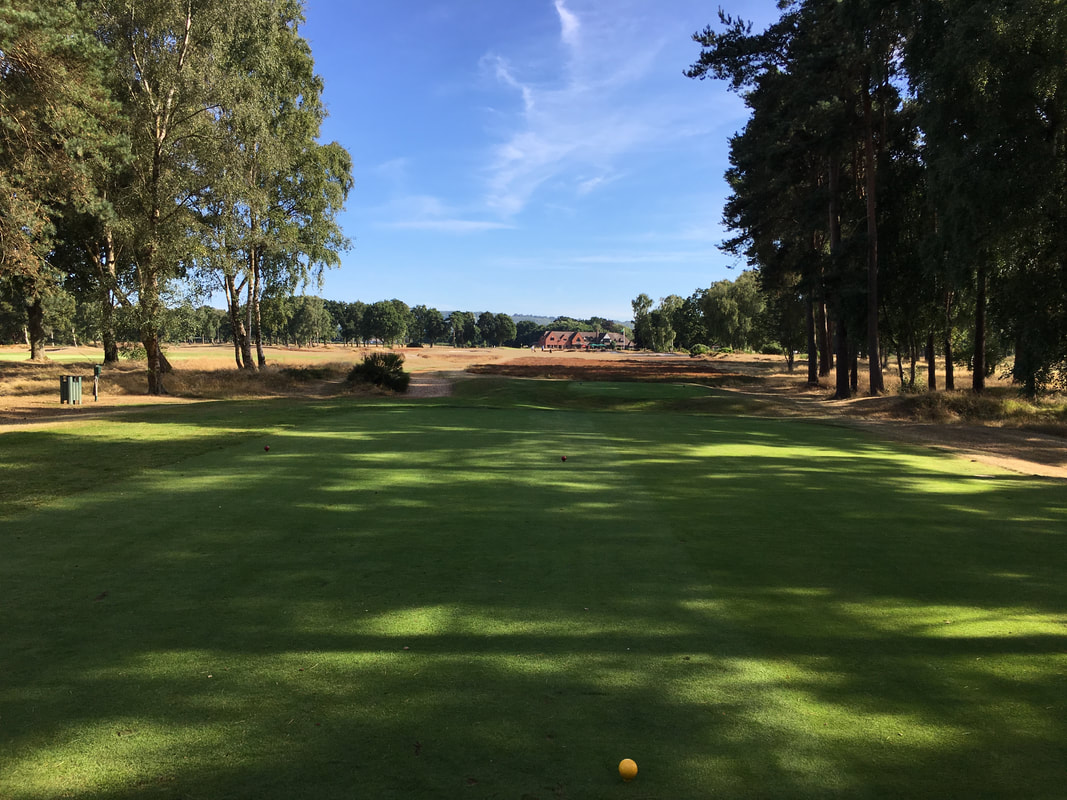
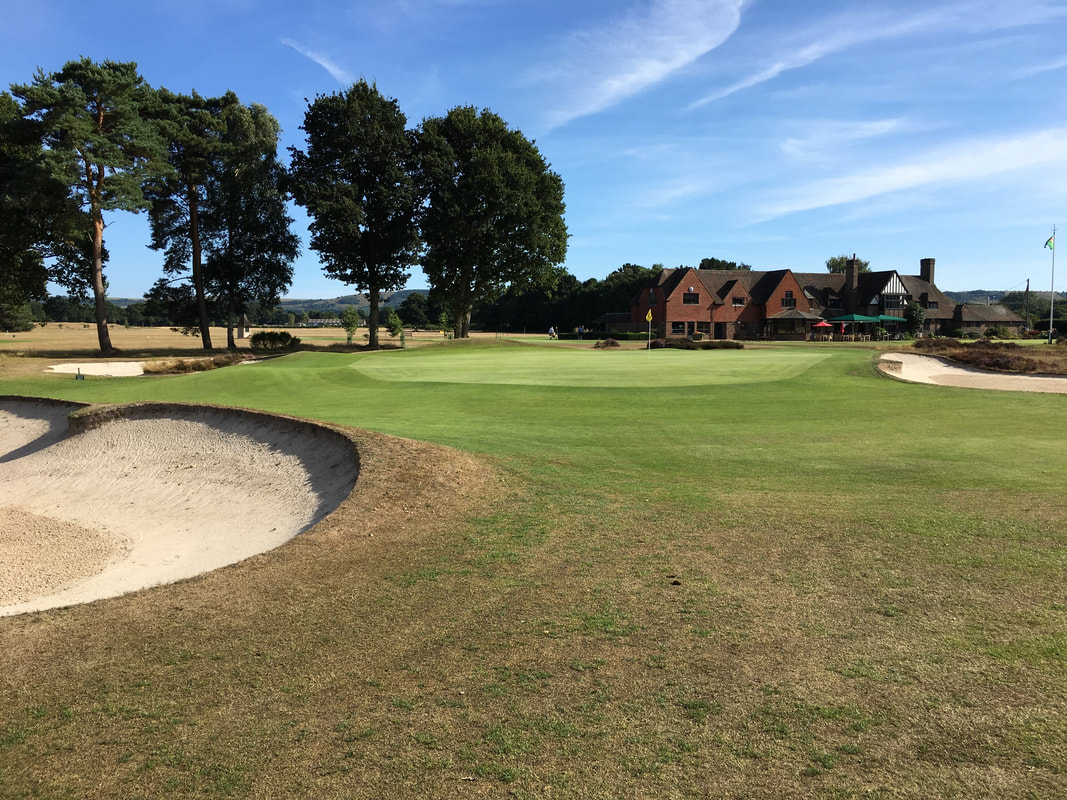

 RSS Feed
RSS Feed